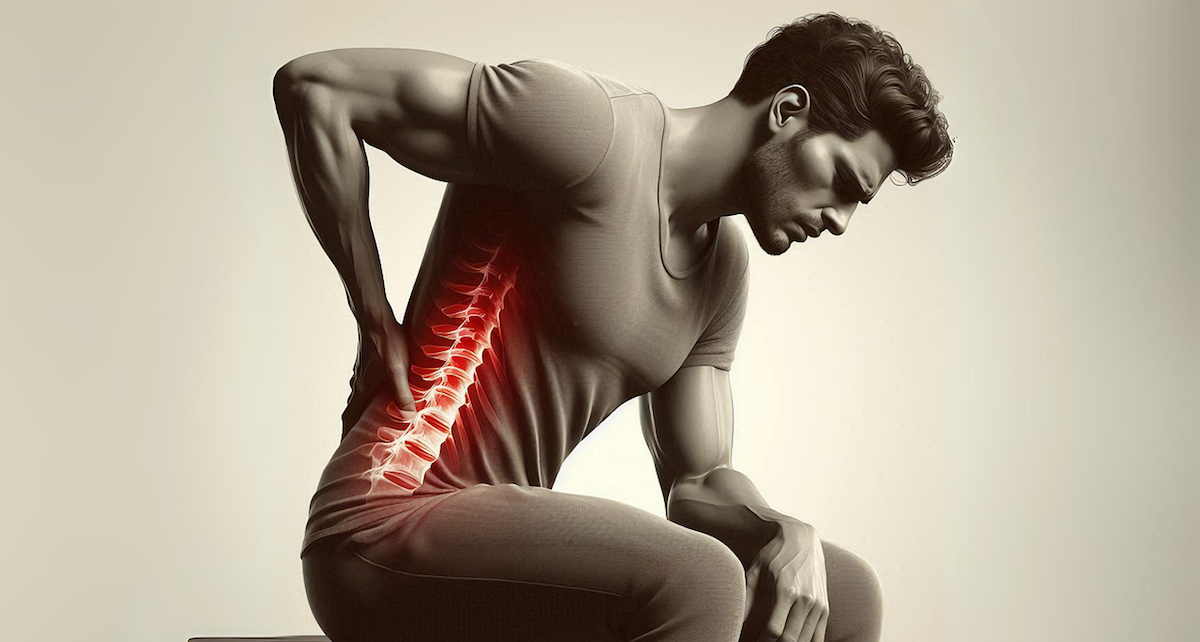Before you read on, watch this video:
Now, you may be asking yourself—what’s the big deal? A few chin-ups, so what?
Well, those few chin-ups were a big deal to me. That was the first set of supinated-grip chins I performed after my distal biceps surgery. Trust me, it’s been on my mind ever since. In fact, one of the first questions I asked the surgeon was whether I’d be able to do them again. She said, “YES,” and that became my ultimate benchmark for complete recovery.
Of course, there were smaller milestones along the way—cutting my meat, holding a full glass of water, curling dumbbells from the second rack, deadlifting with at least a couple of plates on each side, carrying my kids to bed at night—but in the back of my mind, the true test was whether I could pull my body weight up to an overhead bar.
Don’t think for a second that I just grabbed the bar and hoped for the best. I took the appropriate steps to get there. Using the Kaizen principle, I slowly built up my strength and size. I progressed through a series of pulldowns and rows with various grips until I was ready for (pronated-grip) pull-ups a few months ago. After several weeks of pull-ups, building both strength and confidence, I moved on to neutral-grip chin-ups. Again, I followed the process for several weeks, and when the time was right, I was ready for supinated-grip chin-ups.
As you know, the biceps brachii become more active during pull-ups and chin-ups as you move from a pronated grip to a neutral grip to a supinated grip. I had it all planned in advance. All that was left was execution—and that, I did.
No matter how daunting things may seem after a serious injury, if you put in the time and pay your dues, you’ll accomplish the task. Don’t listen to the naysayers who claim things will never be the same. Arm yourself, as I did, with planned progressions and positive thought—you’ll be back in no time.

Why METH Beats RICE for Injury Recovery: Science Finally Catches Up
Back in 2012, I introduced a controversial—but far more effective—approach to treating soft-tissue injuries. The acronym? METH, which stands for:

Butcher Balm: This Stuff Works!
A review of Butcher Balm, a powerful transdermal formula combining BPC-157 and TB-500 for localized healing and pain relief—no injections required.

Why RICE Is Wrong: A Better Way to Heal Injuries Fast
The standard procedure for most injuries often involves anti-inflammatories, painkillers, and the RICE method—rest, ice, compression, and elevation. But what
follow
Error: No feed with the ID 2 found.
Please go to the Instagram Feed settings page to create a feed.
